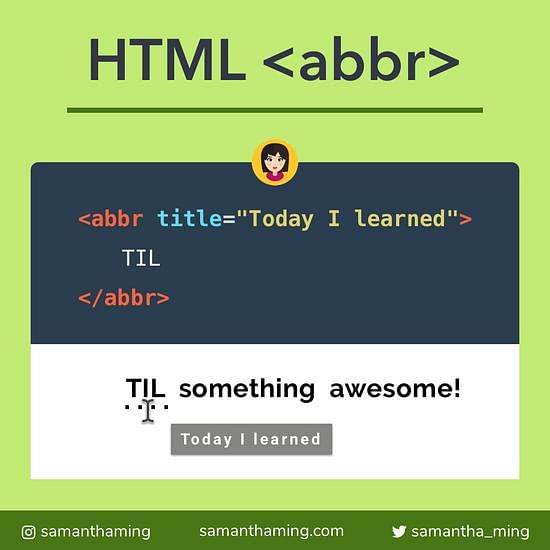# How to Get an Object Length
Unlike arrays, it's always been tricky to get the object length. Well no more!
Object.keys return an array of all the object's enumerable property keys. And after that, you can simply call length, and voila! You have the length of the object 🎉
const object = { one: '1️⃣', two: '2️⃣' };
// Using Lodash
_.size(object); // 2
// Using JavaScript
Object.keys(object).length; // 2
# Why can't we call length on an Object
You might be wondering why can't we just simply call length directly on our object. Let's see what happens when we do:
const object = { one: '1️⃣', two: '2️⃣' };
object.length; // undefined
object.hasOwnProperty('length'); // false
You can't do it because object doesn't have a length property. Only string and arrays have a length property.
const string = 'hello';
const array = [1, 2, 3];
string.hasOwnProperty('length'); // true
array.hasOwnProperty('length'); // true
# What are Enumerables
Alright, let's cover another topic. I mentioned at the beginning that Object.keys returns an array of enumerable property keys. So let's figure out where this enumerable attribute comes from.
# Assigning a Property
Typically, when we want to add a property to an object, we might just use the dot notation:
const object = {};
object.one = '1️⃣';
console.log(object); // { one: '1️⃣' }
# Defining a Property
Alternatively, we can also use Object.defineProperty. It accepts 3 parameters. And it's in the property descriptor where we can set our enumerable attribute.
Object.defineProperty(object name, property name, property descriptor)
Alright, let's define a property with this method:
const object = {};
Object.defineProperty(object, 'one', {
value: '1️⃣',
});
console.log(object); // {}
// ☝️ Why is it empty? 🤔
Hmmm...that's odd. Why didn't our property show up 🤔 Well, that's because when we define a property this way, the enumerable attribute is by default false. So if we want it to show up, we need to set true to it.
const object = {};
Object.defineProperty(object, 'one', {
value: '1️⃣',
enumerable: true, // 👈
});
console.log(object); // { one: '1️⃣' }
// ☝️ Great, it shows up now!
# Enumerable defaults to true
Let's go back to our object property example that we set with the dot notation. Why did it show up automatically? Well, that's because when we assign a property that way, the enumerable attribute is automatically set to true.
const object = {};
object.one = '1️⃣';
object.propertyIsEnumerable('one'); // true
# Enumerable Summary
For most of us, we would rarely touch the enumerable attribute when defining our property. It's simply a way for us to control if the particular property we created will show up or stay hidden when we iterate over the object using Object.keys.
If you want to learn more about enumerability, I recommend reading this article, Enumerability in ECMAScript 6.
Therefore, the attribute enumerable is used to hide properties that should not be iterated over. That was the reason for introducing enumerability in ECMAScript 1.
Dr. Axel Rauschmayer, 2Ality
# Object.keys vs Object.getOwnPropertyNames
Now that you understand enumerable, let's cover another method that you might see as an option to get the length, Object.getOwnPropertyNames.
const object = { one: '1️⃣' };
Object.defineProperty(object, 'two', {
value: '2️⃣',
enumerable: false,
});
Object.keys(object); // [ 'one' ]
Object.getOwnPropertyNames(object); // [ 'one', 'two' ]
As you can see Object.getOwnPropertyNames will return ALL property keys, whereas Object.keys will just return the enumerable property keys. As I mentioned before, enumerable attributes are maybe hidden for a reason, so you might not want to access that. Therefore, Object.getOwnPropertyName might not be the method you want to use to get the length of an object.
# Object Length with Symbols
Before you default to Object.keys to get the object length. I want to point out one more consideration. In ECMAScript 6, ES6, a new primitive data type was introduced called symbol. And you can use symbol as a property name on an object.
const animal = {
[Symbol('ghost')]: '👻',
turtle: '🐢',
};
But the gotcha is when you have a symbol as a property name. Object.keys nor Object.getOwnPropertyNames will work.
Object.keys(animal);
// [ 'turtle' ] <-- no symbol
Object.getOwnPropertyNames(animal);
// [ 'turtle' ] <-- no symbol
So a solution is to use Object.getOwnPropertySymbols
Object.getOwnPropertySymbols(animal);
// [ Symbol(ghost) ]
Now combining the two methods, you will get the proper length.
const enumerableLength = Object.keys(animal).length;
const symbolLength = Object.getOwnPropertySymbols(animal).length;
const totalObjectLength = enumerableLength + symbolLength;
// 2 <-- 👍
# Resources
- MDN Web Docs: Object.keys
- MDN Web Docs: Object.getOwnPropertyNames
- MDN Web Docs: Object.getOwnPropertySymbols
- MDN Web Docs: Object
- 2ality: Enumerability in ES6
- 2ality: Property Definition vs Assignment
- Stack Overflow: When to use Object.defineProperty
- Stack Overflow: How to use JavaScript Object.defineProperty
- Stack Overflow: Object.getOwnPropertyNames vs Object.keys
- Stack Overflow: Length of a JavaScript object




